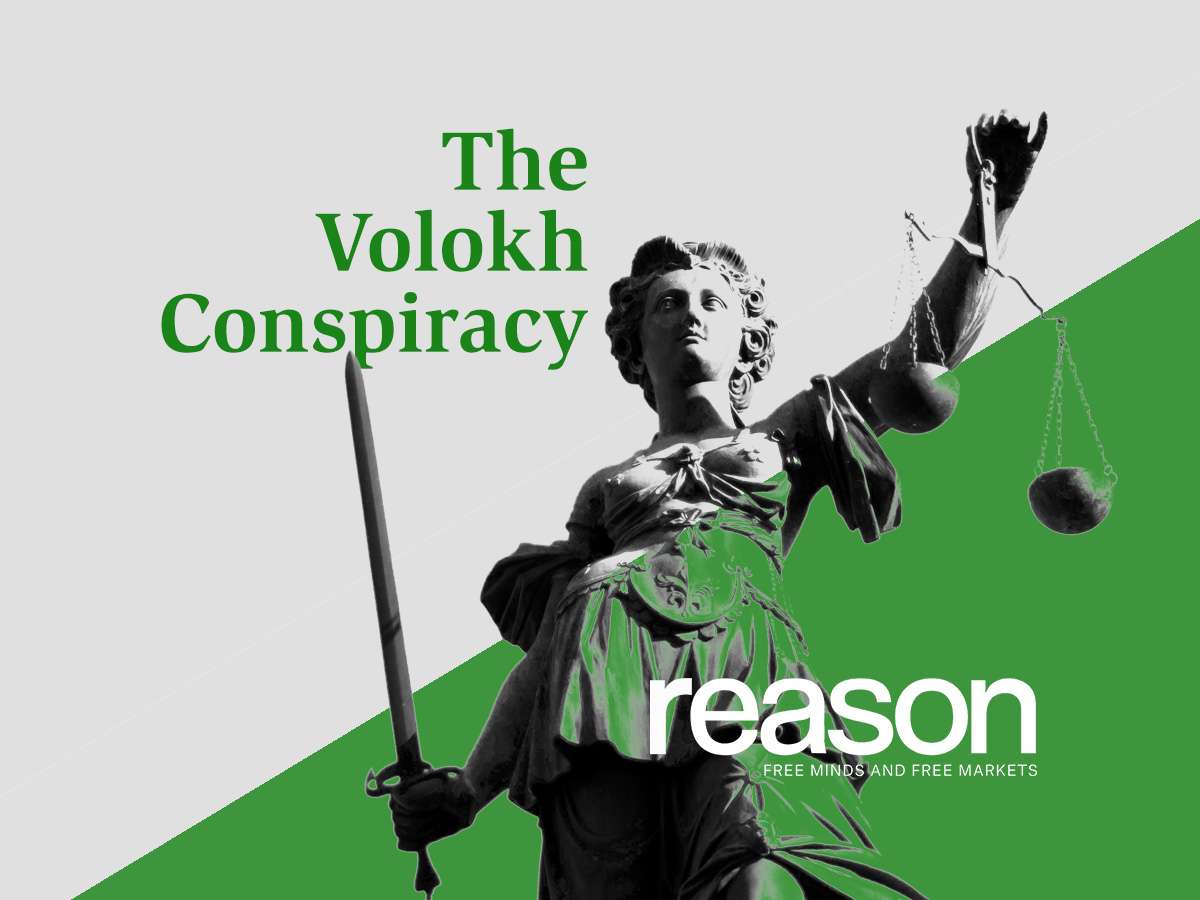In the next term, an important case will be decided by the Supreme Court Miranda rights, Vega v, Tekoh. This is the basic question. TekohLet’s see if there is a civil remedy. Miranda violation. In Chavez v. MartinezA Court split in two held in 2003 that it was not a violation of the law if a cop obtains a confession for a crime against the law. MirandaThis is rarely admitted to Court. According to the different opinions, it is the court’s admission of an unwarned statement, and not the mere obtaining of the statement, that is the issue. In the words of Justice Kennedy’s partial concurrence, without the admIt ission of the statement there is no “completed constitutional violation actionable under 42 U. S. C. § 1983.”
Tekoh raises a follow-up question: If an unwarned statement isIt is wrongly accepted This a completed violation actionable under 42 U. S. C. § 1983? If it is actionable, then who are you responsible?
It would be reasonable to assume that the initial question had been answered. Dickerson v. United StatesAccording to a report by, Miranda“A constitutional decision of the Court [that]Acts of Congress cannot be overridden. If MirandaThis is a constitutional decision. If the constitutional wrong is that the unwarned declaration is admitted, doesn’t logically the admission be considered to be a violation of constitutional law?
Vega says no, the officer that obtained the statement. Vega claims that DickersonNever explicitly stated so MirandaIn fact, violations of the Constitution are constitutional violations. Vega believes that this means: Miranda is just a constitutionally-inspired prophylactic rule of evidence, not an actual constitutional rule. As a result, he argues, admission of an unwarned statement can be a subject of a motion to suppress, but it cannot lead to liability under § 1983. Dickerson is the only exception to this rule. VegaPresents MirandaThis is a hypothetical rule and not part of the actual rules. RealConstitution — but certainly not part as it was originally understood.
Here’s a fascinating amicus short that I filed this morning: BRIEF of Amici Curia Historians OF Criminal Procedure, which was led by Counselor Wesley Oliver. His brief, which I’ve already mentioned is remarkable in its historical scholarship and admiration of Professor Oliver. This should change the way we debate the history of Miranda rights.
Professor Oliver, along with his co-authors, argue that Miranda v. ArizonaThis was more of a return to Framing-era interrogation methods than anything new. He says that in the early 20th century, the common law voluntary test for confessions admission was less restrictive than it is today. A magistrate would often warn a Framing victim that he could not speak and that his evidence might be used against him. Oliver claims that the warnings were necessary to comply with strict voluntariness rules at the time. The thinking was that a statement made after a person had been informed about his rights could be considered truly voluntary.
This thinking will ring a bell to modern criminal procedure ears: It’s the basic theory of Miranda. Oliver claims that the courts relaxed the voluntariness requirement in the latter part of the 19th century and the early part of the 20th century. As they no longer required to verify that statements were voluntary, warnings were dropped. The voluntariness test was able to make almost all statements voluntary. Why would anyone need warnings? The new, looser voluntariness criteria led to the most brutal interrogation methods in 20th-century history. The Warren Court was unaware of all this and responded by inventing a novel idea to guarantee the voluntariness to confessions.
Oliver explains it this way: MirandaIt was accidental that the Framing Era’s era was reverted to something very similar, but it wasn’t obvious to me.
MirandaHistorical practice included warnings similar to those used in interrogations. Framing Era’s voluntariness test required that warnings be given to suspects before they could confess. This often overlooked set of Framing Era practice provides significant historical support to the Court, which often uses Framing Era to help understand the Constitution’s original public meaning. MirandaAs a Constitutional Protection, warnings.
The brief does not state it that way but the drawing shows a striking irony. The constitutionalists who are still alive MirandaWhile the Framing era originalists were chastising, I found a similar rule. MirandaUnknowingly, they insist on a 20th-century rule.
Full disclosure: I have spoken with Professor Oliver about the case and reviewed a draft of the brief.

